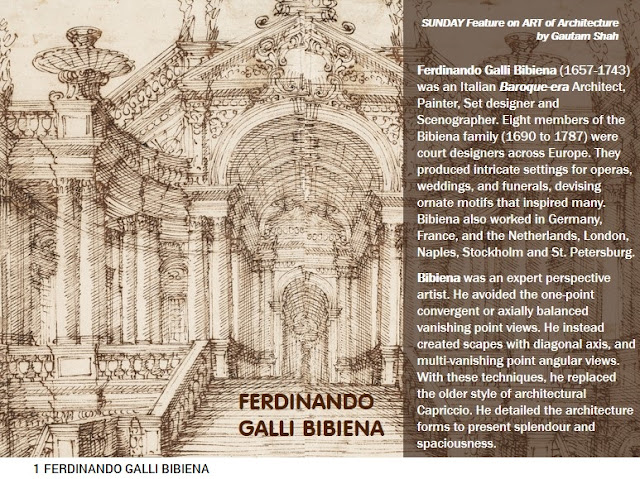Post -316
SUNDAY Feature on ART of Architecture -by Gautam Shah
.
Louisa Ingram Rayner (1832-1924) was a British Architectural landscape artist. Rayner studied painting from the age of fifteen, first with her father. She has rendered streets and picturesquely decaying buildings in many cities and towns of Britain and Northern France. Her scenes include old towns, cities, gateways, streets, markets, old relics and buildings. She has also drawn several interiors, and exteriors of churches.
Rayner was meticulous in drawing architectural elements, building details and surfaces. She was active through her long life of more than 90 years. She lived through, many changing phases the city-life, and recorded it all. She mainly worked with deep-toned water colours.
.

































































